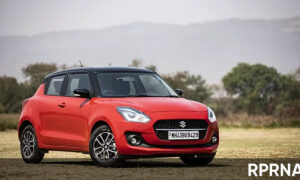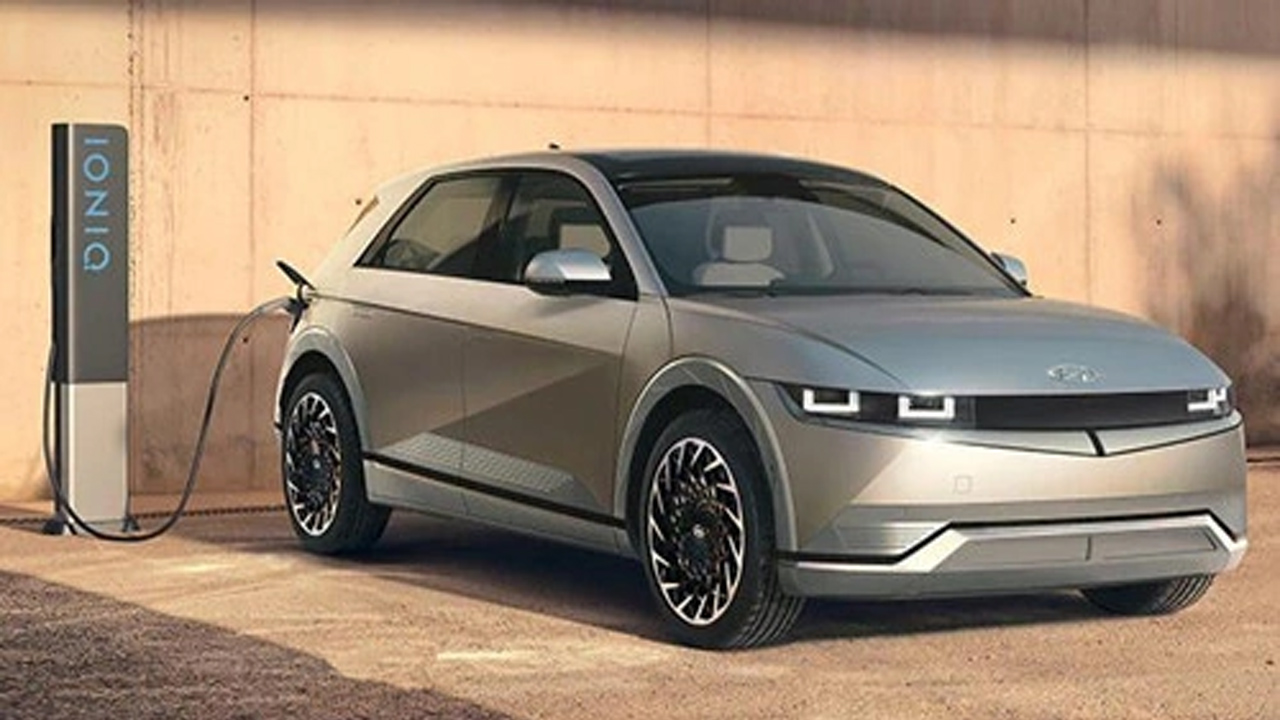According to data released by the Korea Imported Automobile Association (KAIDA), the number of new registrations of imported vehicles in South Korea in May was 23,512, a year-on-year decrease of 2.4% and a month-on-month increase of 1.9%.
In terms of power source, sales of hybrid electric vehicles and pure electric vehicles increased by 4.8% and 87.5% year-on-year, respectively, to 7,014 and 1,050 units. Plug-in hybrid vehicles decreased by 56.4% year-on-year to 891 units.
JOIN US ON TELEGRAM
In addition, diesel vehicles and gasoline vehicles decreased by 0.1% and 1.9% year-on-year to 3,101 and 11,456 respectively. However, according to a recent report by Yonhap News Agency, based on the May results released by five Korean OEMs on June 2, the global sales of Korean cars did not perform well. The data fell 2.9% from the same period last year to 613,562 units.
Due to the two-year-old “core shortage” that has not yet ceased, and the disruption to the parts supply chain caused by the conflict between Russia and Ukraine, the total domestic sales of the five auto companies decreased by 3.5% year-on-year to 119,807 units. growth (2.1%). Overseas sales (including all bulk parts) were 493,755 units, a year-on-year decrease of 2.8%, and only Ssangyong increased by 4% year-on-year.
 Specifically, Hyundai’s domestic sales were 63,373 units, an increase of 2.1%. Overseas sales were 260,666 units, down 1.1%, to a total of 324,039 units, down 0.5% year-on-year. Kia’s global sales fell 4.9% to 234,554 units. Domestic sales fell 4.7% to 45,663 units. Overseas sales fell 5% to 188,891 units.
Specifically, Hyundai’s domestic sales were 63,373 units, an increase of 2.1%. Overseas sales were 260,666 units, down 1.1%, to a total of 324,039 units, down 0.5% year-on-year. Kia’s global sales fell 4.9% to 234,554 units. Domestic sales fell 4.7% to 45,663 units. Overseas sales fell 5% to 188,891 units.
Second, Renault Korea’s global sales were 8,591 units, down 17% year-on-year. Although the supply of spare parts was not timely, domestic sales decreased by 19.6% to only 3,728 units. But XM3 performed well, pushing the overall performance back to over 60%. Exports fell 14.9% to 4,863 vehicles.
GM Korea’s global sales fell 6.1% to 38,096 units. Among them, domestic sales were 2,768 units, a decrease of 39.8%. Exports were 35,328 vehicles, a decrease of 1.7%. Global sales of Ssangyong Motors fell 6% to 8,282 units. Among them, local sales were 4,275 units, a decrease of 13.7%.
Exports rose 4% to 4,007 vehicles. This is the first time Ssangyong’s export sales have broken the 4,000-unit mark in 6 months. Thanks to the boom in exports, Ssangyong Motor’s global sales exceeded 8,000 vehicles for three consecutive months since March. In addition, the cumulative sales of the five car companies in the first five months of this year were 3,039,406 units, a year-on-year decrease of 4.6%.







